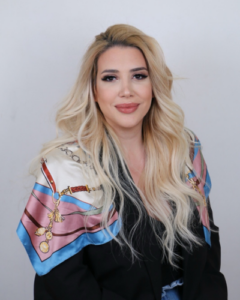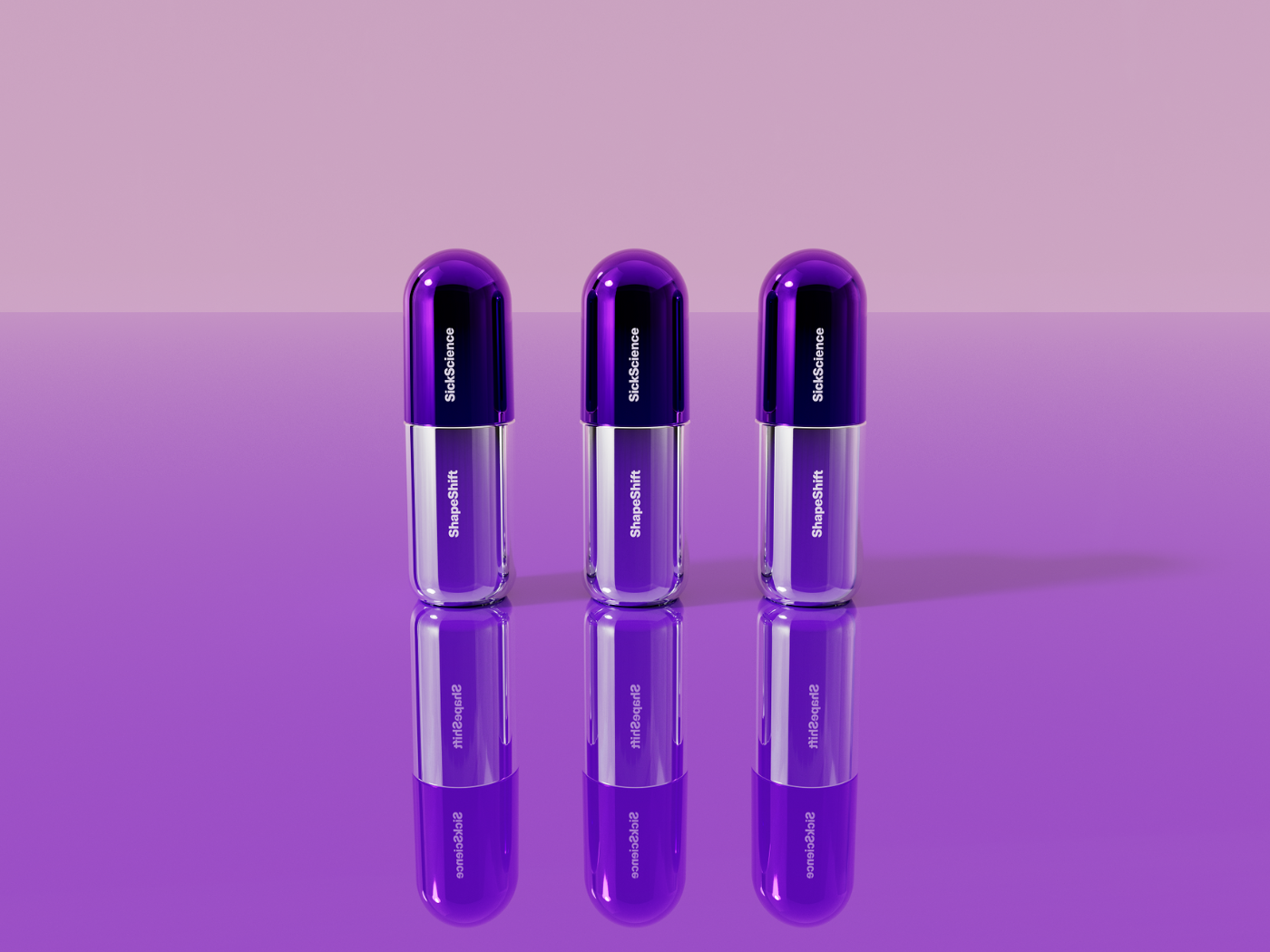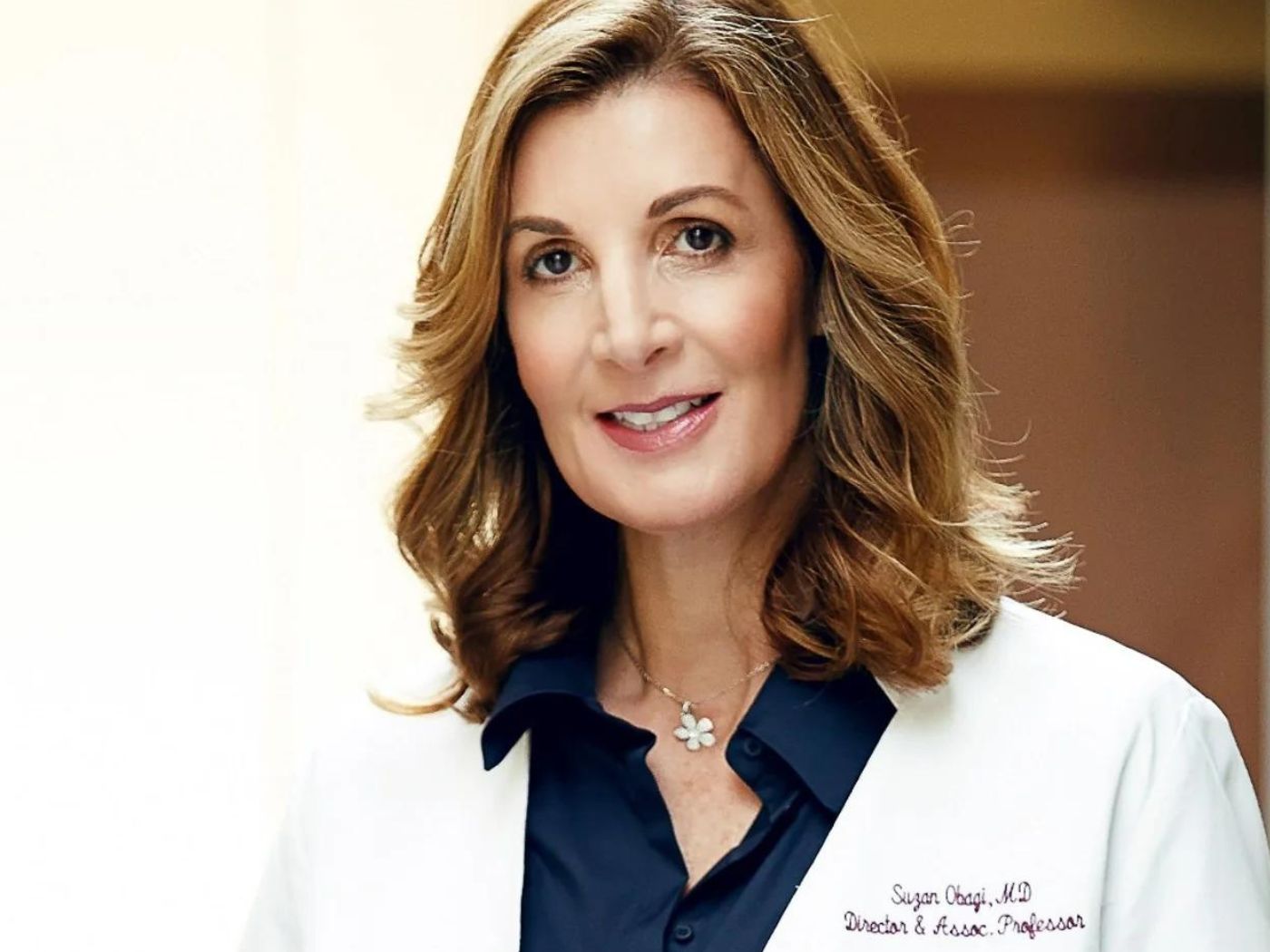When Polen Koçak, PhD and Merve Yildirim, PhD met as students at Istanbul’s Yeditepe University, they had no intention of forging a path into beauty. However, Polen’s work in regenerative medicine and Merve’s cancer research are exactly what led the duo to launch SickScience with beauty industry veteran and the brand’s co-creator Tyler Heiden Jones —albeit more than 10 years later.
However, SickScience isn’t the scientists’ first collaboration, and Polen and Merve initially put their heads and knowledge together to find a cure for Polen’s mother’s mesothelioma. The pair set their sights on exosomes, and although their technology wasn’t complete before Polen’s mother succumbed to the disease, their groundbreaking discoveries were able to help another woman with the same cancer just a few years later. Merve proudly shares, “She is still alive, healthy and enjoying life.”
“After all the clinical trials, conferences and years of R&D, our dream and main focus became taking this technology out of the lab and putting it into the hands of the people. We are the scientists, but we didn’t want to just develop the technology, write the paper and move on to another project,” Merve recalls. “That’s how our 11 years of friendship and research became an entrepreneurial journey.”
With several patents and published research under both of their belts, SickScience harnesses the power of their patented NX35 technology, which side-steps the main challenges faced when creating effective exosome-based treatments for the skin and beyond. The SickScience team highlights the distinct advantages of NX35: Isolating exosomes for large-scale applications, cost efficiency and proven stability for up to two years at room temperature—plus the ability to “upload” other active materials to them. “We know how to work with these exosomes like coders,” Merve adds. (Tyler prefers to call them bio-hackers.)
According to Tyler, “I was already in the skin care world during the early days of plant stem cells, but despite the studies showing how radical this research was, it could only be replicated in the lab. Once commercialized, the degradation was immediate and maybe you were capturing 2% of what you were buying off the shelf at a store. That’s why Polen and Merve caught my attention when I saw them speak at a conference in Paris two years ago. Nobody else has found a way to commercially execute exosomes.”


“When exosomes were discovered in the 1980s, they were considered the ‘garbage bag’ of the cell, but over the past 10 years, they have become recognized as important cellular communication tools,” Merve explains. With this knowledge and a proven technique for isolating these molecular-level chatterboxes, Polen and Merve have built a library of specific plant-based exosomes, along with the proteins, lipids and unique “messages” they are able to carry. They have tested thousands of plants’ flowers, roots, stems, leaves, seeds and juices, which all have different properties. Along the way, the duo has discovered a wide array of capabilities ranging from cellular regeneration and wound healing to blocking inflammation and potentially targeting acne at the source. “In one type of exosome, we found an HIV virus inhibitor,” Polen reveals. Plant-based exosomes have distinct advantages as compared to their human-derived counterparts, as well as fewer ethical and legal concerns. In terms of compatibility and effectiveness Polen explains, “We know there is interspecies communications between plant exosomes and human cells. We can dye both and easily observe this under a microscope.”
Plant exosomes also get extra points for safety since their sources and messages can be precisely identified. “For example, if you use human-derived exosomes, you need to know the donor. Our main concern is that a person has one cancer cell in their body that could affect the exosome’s message.” In a testament to the safety of SickScience’s plant-based exosome technology, Polen, who was nine months pregnant at the time of this interview, had no qualms about acting as a test subject. (In fact, the brand is using photos of both scientists’ profiles to visually demonstrate the results of its first SKU.)
“When we are dealing with a specific concern, we just look at the pathway and search for an exosome that has the proteins and lipids that could work,” Merve explains. In the case of ShapeShift, SickScience’s debut product targeting stubborn fat and skin laxity along the jawline and neck, pineapple-derived exosomes fit the bill.
When asked why the team decided to launch with ShapeShift’s pineapple exosomes as opposed to the thousands of others that have been cataloged, Polen explains, “It’s not so easy to get rid of fat reserves in this area, and there are no effective products on the market. Our technology allows us to target fat droplets without harming the fat cells.” Tyler calls the gel-serum a “fully loaded formula,” as the base features double peptide technology, double ceramide technology and hyaluronic acid to amplify the high concentration of exosomes.
“If I were buying this [$58] technology and these women were a raw material supplier, this would easily be a $300 product. But because we are lab-to-market, no markup is required. These two scientists did not want ShapeShift to be a luxury product for very few women and men around the world. They wanted to make it accessible,” Tyler adds.
In addition to its accessibility, ShapeShift delivers some significant—and surprising results. Tyler emphasizes, “Our benchmark was higher than most beauty brands. As opposed to testing the final formula, SickScience tests purely on the specific exosome, so we already know intuitively that adding the other technologies found in the serum’s base amplifies results. We are actually underplaying our results since the claims we are making are purely for the active itself, which is unusual.”
Formulated to combat tech-neck and give the jawline and neck a more sculpted, “snatched” appearance, after eight weeks 94% of ShapeShift users say their skin feels smoother and texture is improved, 98% report skin looks and feels more nourished, and 90% share they are satisfied and will use the product again.
SickScience tested ShapeShift on the body as well. According to Tyler, “We also performed studies on the stomach, thighs and buttocks to see if it was going to work on different areas.” After using this fat-targeting serum, 92% reported a reduction in thigh circumference, 88% reported reduced cellulite and dimpling, and 81% said stretch marks were less visible. (Polen confirms that she has been using ShapeShift since the beginning of her pregnancy and has yet to develop a stretch mark.)
The SickScience team is already talking about its sophomore effort, which is slated to bow this spring. Designed to promote hair growth with the help of garlic exosomes, Polen says, “We analyzed the TGFβ-1 [transforming growth factor beta-1] pathway”—making its development sound easy. Diving deeper, Merve adds, “For this scalp serum, we were able to upload an active peptide to the garlic exosomes to signal the hair follicles to remain active.” Merve and Polen’s findings have been published in the Cureus scientific journal.
The brand’s third release later this year will be a body product that circles back to its fat-burning technology. Although Tyler declines to share more details, he teases, “The data is super-early, and everything is working so far.” Merve and Polen’s clinical study is pending publication.
Tyler refers to SickScience’s cross-category approach to expanding the brand’s offerings as a popcorn strategy. “We are not a regimen-focused brand, so we won’t be launching cleansers, moisturizers, eye creams and masks. We’re a results-oriented, problem-solution, hero-SKU brand. Anything coming from SickScience will be different and unique because it’s all based on science and results.”




